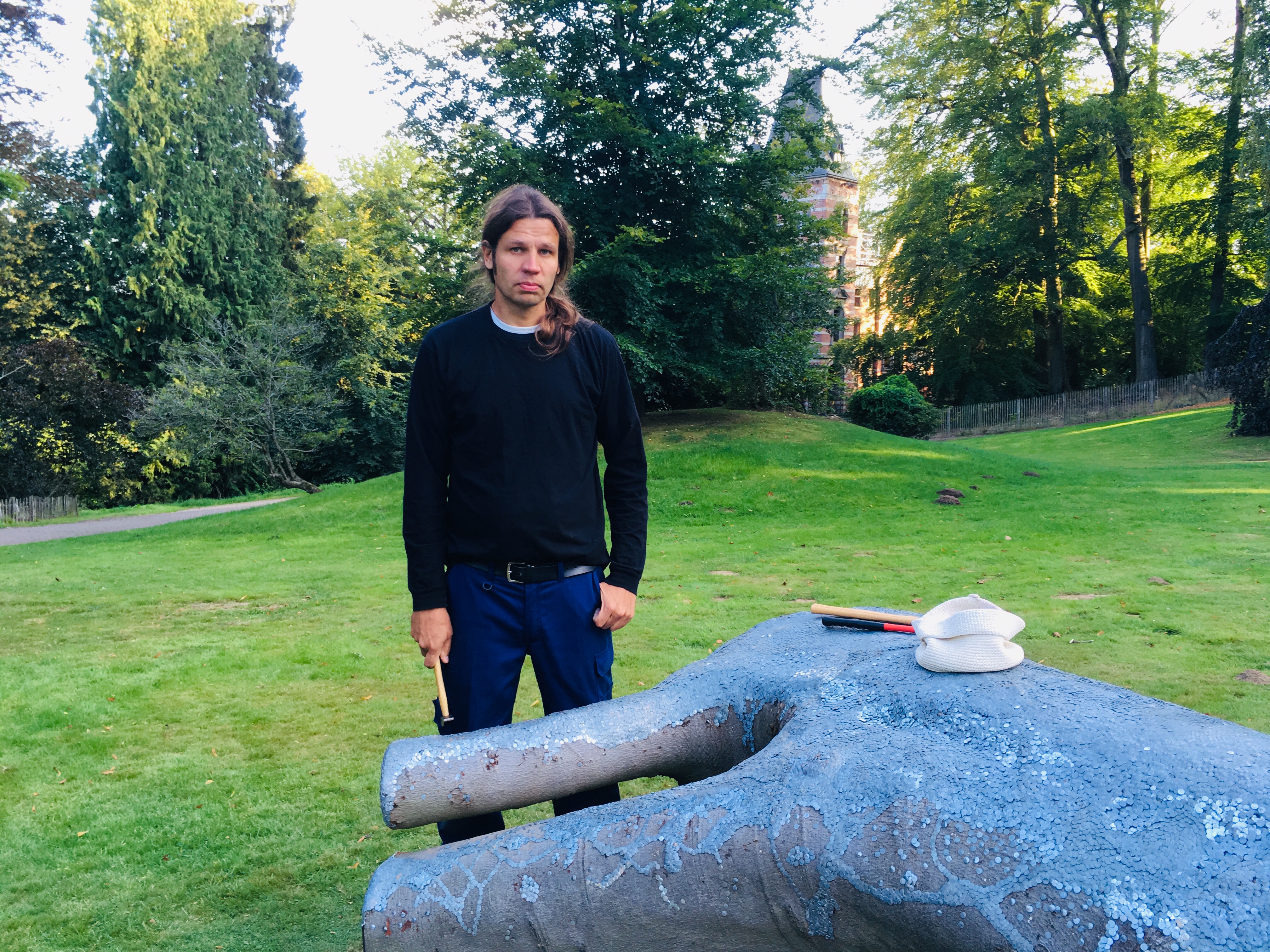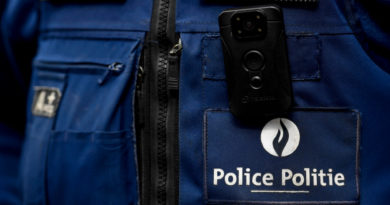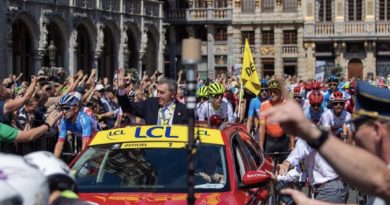Somewhere in BXL: A park where art mingles with nature
Somewhere in Brussels, there’s a park where art communes with nature and artists find a haven of inspiration. It’s tucked away in the municipality of Watermael-Boitsfort on the southern end of the Brussels-Capital Region.
Parc Tournay-Solvay is home to the European Space for Sculpture, an association dedicated to promoting the work of contemporary visual artists from member states of the European Union. Every year, the association invites an artist from the country occupying the Presidency of the Council of the EU, which rotates among EU countries every six months.
“If you know the art of other countries, you will know their culture better. And the better you know their culture, the better you know the people.”
“We try each year to invite European artists to use this park as a wonderful place to create. We love that they create. Our purpose is to put the accent on man, nature, and art,” says Olivier Thuysbaert, chairman of the European Space for Sculpture.
Since its foundation in 1989, the association has been based in Parc Tournay-Solvay, one of the most remarkable and historically-rich parks of Brussels.

In the late 19th century, the stretch of land belonged to the Solvays, one of the prominent Belgian families in Brussels at the time.
The red brick neo-Renaissance style villa in the park was built in 1878 for the industrialist Alfred Solvay. His brother Ernest, the chemist who founded the Solvay Conferences on Physics and Chemistry, expanded the property in 1905.
The park, as it appears today, was designed by landscape architect Jules Buyssens in 1911 as a private garden for the Solvay family. Two ponds, a rose garden, an orchard, and a vegetable patch are among the notable features of the park.
The government of the Brussels-Capital Region acquired the seven-hectare property in 1980 and turned it into a public park the following year. The former stables of the estate were reconstructed in 1992 to include a building that now houses the Regional Center for Initiation to Ecology (CRIE).
The white villa, built in the early 20th century as a guesthouse for friends of the Solvay family, now serves as the headquarters of the European Space for Sculpture.

With Finland currently presiding over the Council of the EU, Finnish environmental artist Antti Laitinen has been the featured artist at Parc Tournay-Solvay since July. In a participatory work of art called Nail Trunk, Laitinen is attempting to turn a fallen tree into a steel armor by hammering all day until the surface of the trunk is completely covered with nails.
“The idea started with a project two years ago, where I take the landscape but I try to break it a little bit, kind of taking the pieces away from the landscape to make it more loose. So it looks like a normal landscape at first, but then something is missing or something is different about it,” says Laitinen.
Every Sunday until the end of September, the public is invited to come to the park and join Laitinen as he pounds away at the tree. Hammers and nails are provided. Participants only need to chip in some time and energy.
“I think art is a very important link between people,” says Thuysbaert. “If you know the art of other countries, you will know their culture better. And the better you know their culture, the better you know the people. Art is a vehicle to know the other countries and the other people of the European Union.”



